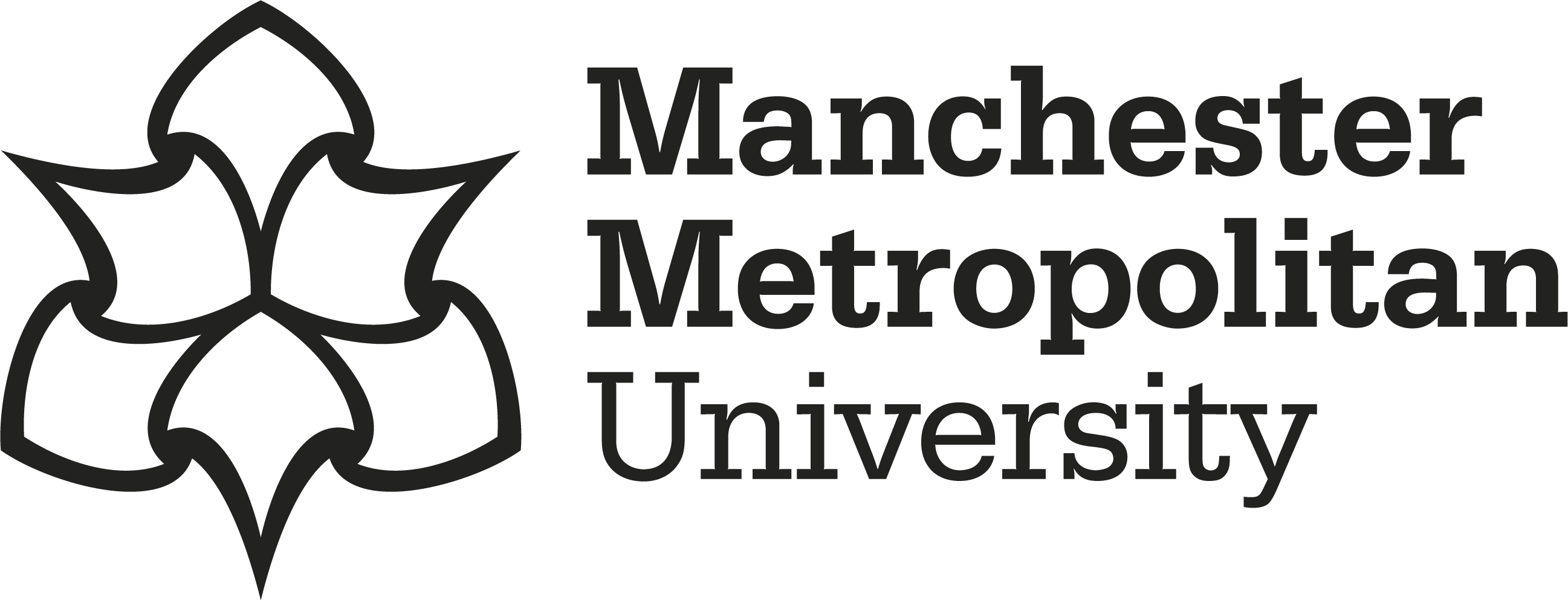Fletcher, L 

|
Published Version
Available under License Creative Commons Attribution Non-commercial No Derivatives. Download (2MB) | Preview |
Abstract
In this paper, we shed light on how non-binary people express their gender identity in the workplace by drawing on self-discrepancy and self-verification theories. We argue that non-binary workers may experience a discrepancy between their actual and ideal expression of their gender identity at work and be motivated to prevent this due to a desire for others to see them as they see themselves. A mixed quantitative/qualitative survey of 160 non-binary workers in the UK and USA reveals that there are various ways non-binary workers express their gender identity at work via physical appearance and clothing, gestures and language, posture and movement, and other communication signals. However, most non-binary workers may perceive a moderate level of discrepancy between their current and ideal-future expression of their gender identity at work. We find that such discrepancies are less likely to occur when organizations promote supportive gender identity related HRM practices (such as flexible dress code and pronoun policies), co-worker allyship, and job autonomy. Overall, we contribute to knowledge about how non-binary people view their gender identity expression at work and what HR practitioners, managers, and co-workers can do to support them.
Impact and Reach
Statistics
Additional statistics for this dataset are available via IRStats2.


